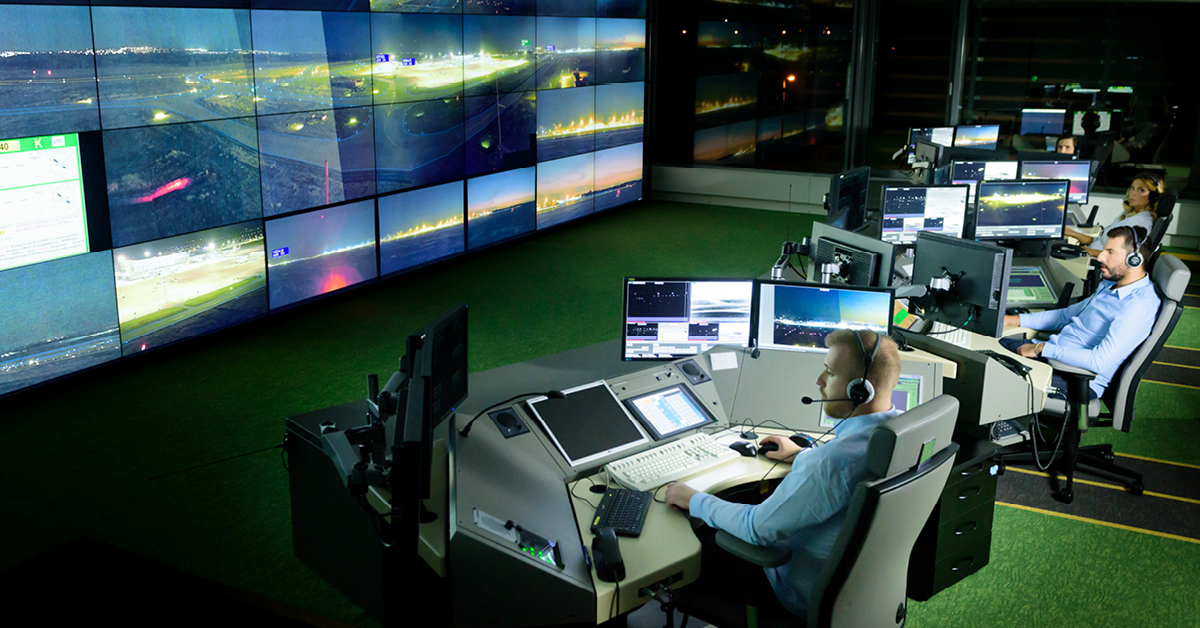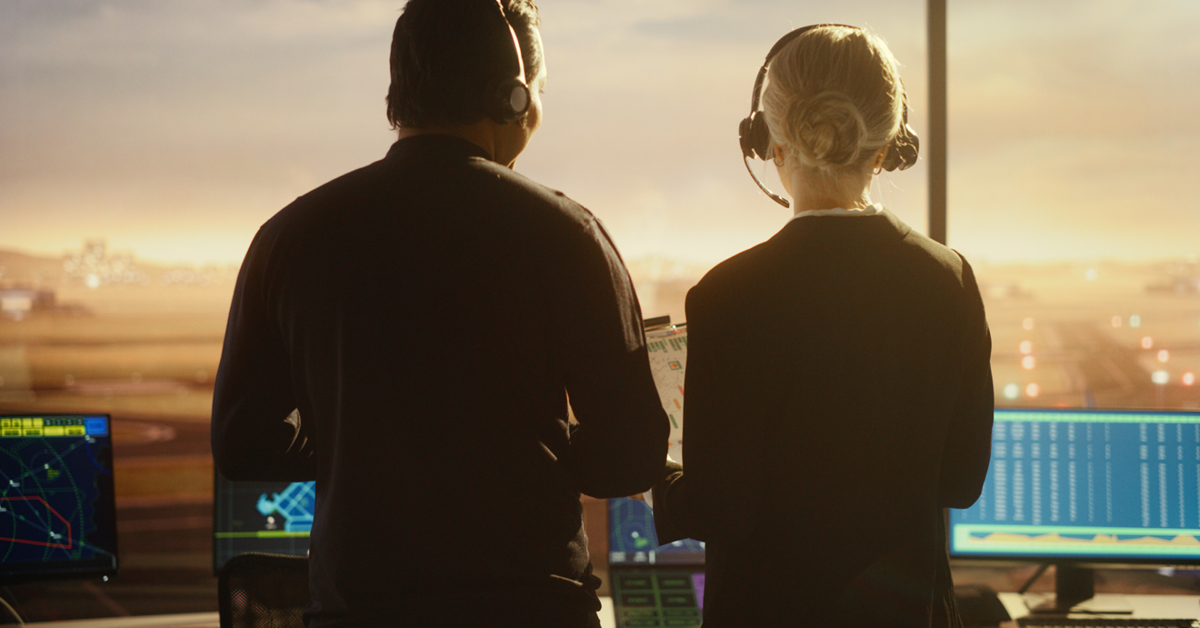Airspace Q4 2019 – Still going strong

For 75 years, the Chicago Convention has helped align the skies of ICAO’s 193 Member States through international regulations and standards.
The value of aviation’s global system of cooperation should not be underestimated. Not only does it ensure that all stakeholders in the industry value chain operate safely, securely and efficiently while minimising their carbon footprint but also it delivers close to US$3 trillion in economic generation and supports some 66 million jobs.
The system was put in place 75 years ago when delegates gathered in the Grand Ballroom of the Stevens Hotel in Chicago at the invitation of the United States. The participants agreed the Convention on International Civil Aviation, known generally as the Chicago Convention, which established ICAO and the basic rules that have governed global civil aviation ever since.
“Seventy-five years ago, as World War II still raged, a group of far-sighted individuals met in Chicago and laid the foundations enabling the development of our globally interconnected and interdependent world through aviation,” said IATA’s Director General and CEO, Alexandre de Juniac, recently.
12,000 provisions
With the Chicago Convention underpinning developments, air traffic management has made enormous strides in the past 75 years.
These range from numerous safety provisions to such operational enhancements as performance-based navigation and are embedded in ICAO’s global standards and recommended practices (SARPS), to which each signatory to the Chicago Convention must adhere.
Over 12,000 of these provisions have been developed to further aviation safety, security and environmental protection. Challenges and opportunities brought about by issues in supply and demand, innovative technologies and countless other factors have all been addressed.
Despite this, the continuing relevance of the original 1944 document means just eight changes have been agreed to the original articles, the last covering the use of aircraft as weapons.
This stability can be seen in Article 8 of the Chicago Convention, which deals with “pilotless aircraft”. Although it was probably concerned with missiles rather than drones, the wording still remains applicable.
Article 8 states: “No aircraft capable of being flown without a pilot shall be flown without a pilot over the territory of a contracting State without special authorization by that State and in accordance with the terms of such authorization. Each contracting State undertakes to ensure that the flight of such aircraft without a pilot in regions open to civil aircraft shall be so controlled as to obviate danger to civil aircraft.”
The article demonstrates that the Chicago Convention remains a broad and flexible multilateral agreement that can accommodate new developments and global policy changes while adhering to the driving principle of aviation as an economic and social enabler.
Today, air navigation service providers are working diligently to integrate drones in civil airspace. U-space solutions are proliferating, and best practice may eventually be cemented in the global aviation system through SARPs.
Global consensus
Arguably, though, the Chicago Convention’s biggest contribution to aviation was the delivery of a global consensus – a rare example of effective international cooperation that has ensured 75 years of success.
The global aviation system will continue to progress based on innovation and this spirit of cooperation. The scene has been set for collaboration and growth. Should paradigm shifts in civil aviation force further revisions to the Chicago Convention, doubtless these will be accommodated.
As ICAO describes it: “Aviation unites the world and ICAO must continue to unite aviation.”
Chicago Convention Articles
The Chicago Convention was signed on 7 December 1944, by 52 signatory States. It was ratified in March 1947 and went into effect in April of that year.
A non-comprehensive summary of some of the key articles includes:
- Article 1: Every state has complete and exclusive sovereignty over airspace above its territory.
- Article 5: The aircraft of states, other than scheduled international air services, have the right to make flights across state’s territories and to make stops without obtaining prior permission. However, the state may require the aircraft to make a landing.
- Article 6: No scheduled international air service may be operated over or into the territory of a contracting State, except with the special permission or other authorization of that State.
- Article 7: States have the right to refuse permission to the aircraft of other contracting States to take on in its territory passengers, mail and cargo carried for remuneration or hire and destined for another point within its territory.
- Article 9: Each contracting State may, for reasons of military necessity or public safety, restrict or prohibit uniformly the aircraft of other States from flying over certain areas of its territory.
- Article 12: Each state shall keep its own rules of the air as uniform as possible with those established under the convention. The duty to ensure compliance with these rules rests with the contracting state.
- Article 13: A state’s laws and regulations regarding the admission and departure of passengers, crew or cargo from aircraft shall be complied with on arrival, upon departure and whilst within the territory of that state.
- Article 24: Aircraft flying to, from or across, the territory of a state shall be admitted temporarily free of duty. Fuel, oil, spare parts, regular equipment and aircraft stores retained on board are also exempted from customs duty, inspection fees or similar charges.



